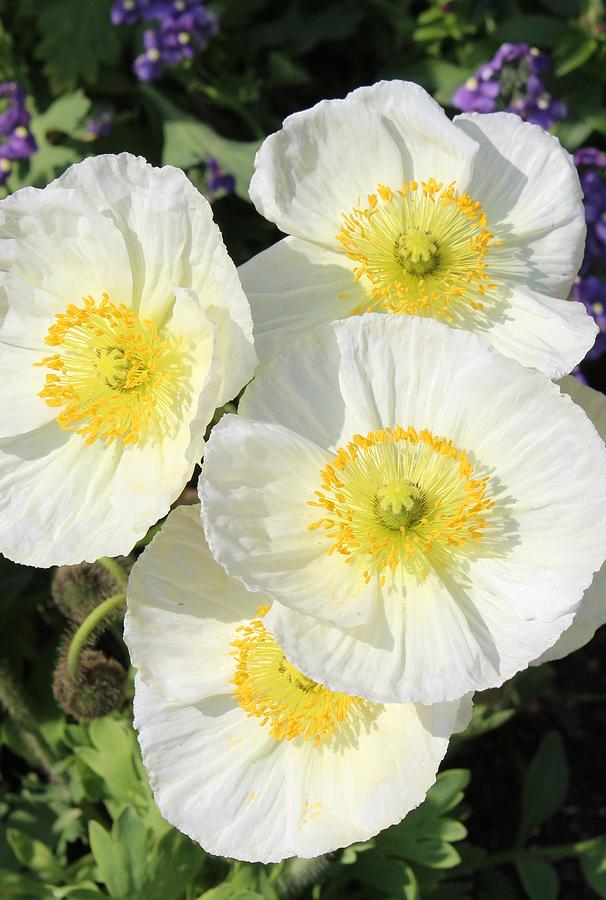

parviflora, is hardy down to a frigid Zone 1! A. oregana, are hardy in Zones 3 and 4, and one Arctic species, A. These are low growing or mid-sized plants that flower in spring and early summer, and grow from fibrous roots or clumps of thin, rhizomatous roots. Fibrous Rooted Speciesįibrous-rooted species are typically the alpine or woodland varieties, with several species that are native to North America. coronaria is hardy only in Zones 7-10.Īlthough they provide a longer bloom time when planted in fall, they can be successfully grown as annuals in cooler locations when put in the ground in early spring. blanda typically thrives in USDA Hardiness Zones 5-9, but A.
#Anemone blanca full
coronaria cultivars, blooming in late spring and early summer, enjoy more heat and prefer a full sun location.
#Anemone blanca how to
blanda, you can read all about how to grow Grecian windflowers here. blanda varieties can be grown in full or part sun and like a humus-rich, well-draining soil with consistent moisture.įor more details about A. Native to Eurasia, these are low to mid-sized species that grow from hard, gnarly corms or rhizomes. Brigid.’ The ‘De Caen’ cultivars are single-petalled, while the ‘St. coronaria cultivars are commonly divided into two main groups: ‘De Caen’ and ‘St. blanda aka Balkan or Grecian windflowers, and A. Tuberous species typically bloom in spring and early summer, and include A. They’re also deer and rabbit resistant as well as salt tolerant, making them a good choice for critter-friendly locations and coastal gardens.īutterflies and other pollinators are attracted to the flowers, and many of the summer and fall-flowering species have pretty, cottony seed heads – a nesting material favored by hummingbirds and small songbirds.Ī Note of Caution: all parts of anemone plants are toxic when ingested and should be kept away from children and pets.Īnemones also enjoy a variety of growth patterns: Tuberous Species Those that flower in early spring have narrow, daisy-like petals, while summer and fall bloomers have wide petals and look more like poppies.Ĭarefree and easy to grow in moist, well-draining soil, anemones enjoy full to part sun locations – either with morning sun and afternoon shade or dappled light throughout the day. Many have dazzling button eyes in their centers, often with a sassy fringe! Some are dark and dramatic, a deep indigo blue or black, while others are light and bright, with chartreuse to golden anthers. Whatever the plant size, they provide a pretty display in bright shades of blue, mauve, pink, purple, red, and white. Plants come in a variety of sizes, depending on the species or cultivar: from low-growing types of six to eight inches in height, to tall, four-footers that make splendid, long-lasting cut flowers. Members of the Ranunculaceae (buttercup) family, there are several species of Anemone favored for home cultivation. Spring and Summer Blooming Cultivars to Select.Anemone blanda goes dormant after flowering.15 Favorite Anemone Varieties for Your Garden.Great choice for woodland paths, rock gardens, and beds by setting them in front of taller plants, or containers.Plant them preferably in groups of at least 20. Anemones are actually a must for spots among perennials. Forming a lovely, colorful mat, especially under or around woody trees and shrubs which are still bare during the time of the anemones' flowering period.

Will also grow in full sun provided the soil remains moist.




 0 kommentar(er)
0 kommentar(er)
